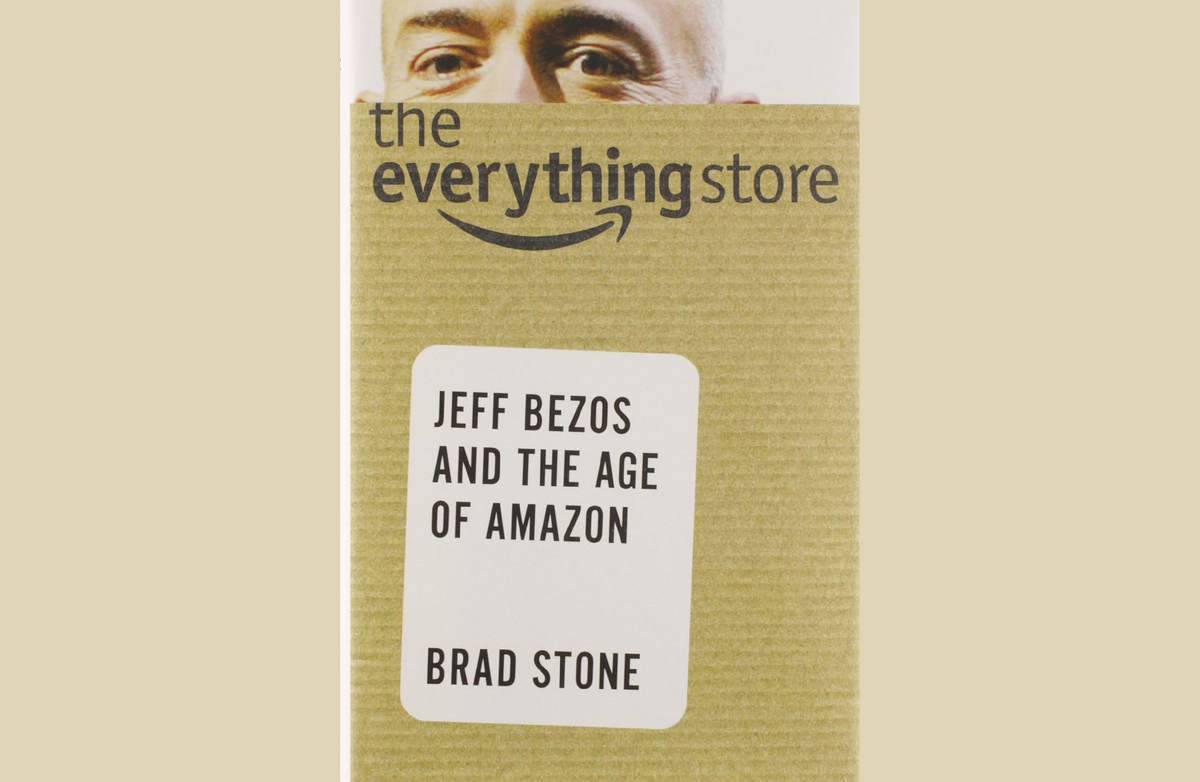7 Quick Examples of Bias Towards Action from Amazon
Explore the power of a Bias for Action in this insightful blog post for entrepreneurs. Learn how swift decision-making, embracing risks, and a proactive culture can drive business success and innovation. Make every second count in your entrepreneurial journey.

In the fast-evolving business landscape, time is not just a resource; it's a currency. As entrepreneurs, the ability to make swift, decisive actions can set you apart in a sea of hesitation and missed opportunities. Today, we delve into a principle pivotal in the rise of giants like Amazon - the "Bias for Action." This isn't just a buzzword; it's a strategic approach that can redefine how you navigate your business journey.
"Most decisions should probably be made with around 70% of the information you wish you had. If you wait for 90%, you're probably being slow in most cases." - Jeff Bezos.

The Essence of Quick Decision-Making
Time Waits for No One
In business, opportunities are like shooting stars; blink, and you miss them. The Bias for Action principle champions the idea of making decisions promptly. Why? Because in business, speed is often synonymous with success. When you make decisions swiftly, you seize opportunities that others might miss while they're busy over-analyzing.
Amazon's decision to enter the e-book market with the Kindle. Amazon moved quickly to develop and launch the Kindle, recognizing the potential of e-books before many of its competitors. This swift action helped Amazon establish a dominant position in the e-book market.
Understanding the Reversibility of Decisions
Not All Decisions Are Set in Stone
Here's a liberating truth: Many business decisions are reversible. This doesn't mean being reckless but understanding that not every decision is a do-or-die situation. You can pivot, adjust, and recalibrate as needed. This mindset reduces the fear of failure and encourages a more dynamic approach to problem-solving.
Amazon's Fire Phone. When Amazon realized that the Fire Phone was not performing as expected in the market, they quickly scaled back and eventually discontinued the product. This decision to reverse course minimized losses and allowed Amazon to refocus resources on more successful ventures.
Cutting Down on Over-Analysis
Perfect is the Enemy of Good
Extensive study and analysis have their place, but they can lead to paralysis by analysis. When you spend too much time overthinking, you lose valuable time that could have been spent taking action. In many cases, a good decision now is better than a perfect decision too late.
Amazon Prime. The idea of offering free two-day shipping to customers for a flat fee was a gamble and went against conventional wisdom. Instead of over-analyzing, Amazon launched Prime, which became a massive success, fundamentally changing online shopping habits.
The Art of Calculated Risks
Risk-taking is Part of the Game
Embracing a Bias for Action means being comfortable with calculated risks. It's about balancing risk and reward, understanding that the giant leaps sometimes lead to the most significant breakthroughs.
Amazon Web Services (AWS). Launching a cloud computing platform significantly departed from Amazon's core e-commerce business. This risk paid off spectacularly, as AWS has become a leader in cloud services and a significant profit center for Amazon.
"If you're good at course correcting, being wrong may be less costly than you think, whereas being slow is going to be expensive for sure." - Jeff Bezos.
Cultivating a Proactive Culture
Lead by Action, Not Just Words
This principle is for you as an entrepreneur and your entire team. Encourage quick decision-making and foster a culture where taking initiative is the norm. This leads to a more empowered, innovative, and efficient team.
Amazon Go. Developing a cashierless, checkout-free shopping experience required proactive innovation. Amazon Go stores, which use sensors and AI to track purchases, represent a significant leap forward in retail technology.
Learning Through Action
Every Decision is a Learning Opportunity
Whether it leads to success or a stumble, each decision is a learning experience. The faster you act, the quicker you learn, adapt, and grow. This continuous cycle of action and learning keeps businesses agile and ahead of the curve.
Amazon Marketplace. Initially, Amazon only sold products it sourced itself. Expanding to allow third-party sellers was a significant change. This move has allowed Amazon to learn from diverse vendors and products, significantly expanding its offerings and insights into consumer behavior.
Embracing Adaptability
Stay Agile, Stay Relevant
In the end, a Bias for Action is about adaptability. It's about being agile enough to respond to changing market dynamics and customer needs. It's about pivoting when necessary and always being ready for the next move.
Amazon's response to COVID-19. Amazon quickly adapted to the surge in online shopping during the pandemic by hiring hundreds of thousands of new employees, expanding its warehouse and delivery infrastructure, and implementing new safety measures, demonstrating agility in responding to unprecedented circumstances.
"We are stubborn on vision. We are flexible on details….” - Jeff Bezos
To Sum It Up
As entrepreneurs, adopting a Bias for Action can revolutionize the way you operate. It's about making swift decisions, learning on the go, and staying adaptable. Remember, in business, time is not just ticking; it's racing. The faster you act, the more you can achieve.
So, take that step, decide, and watch your entrepreneurial journey unfold more dynamically than ever. Here's to making every second count!



